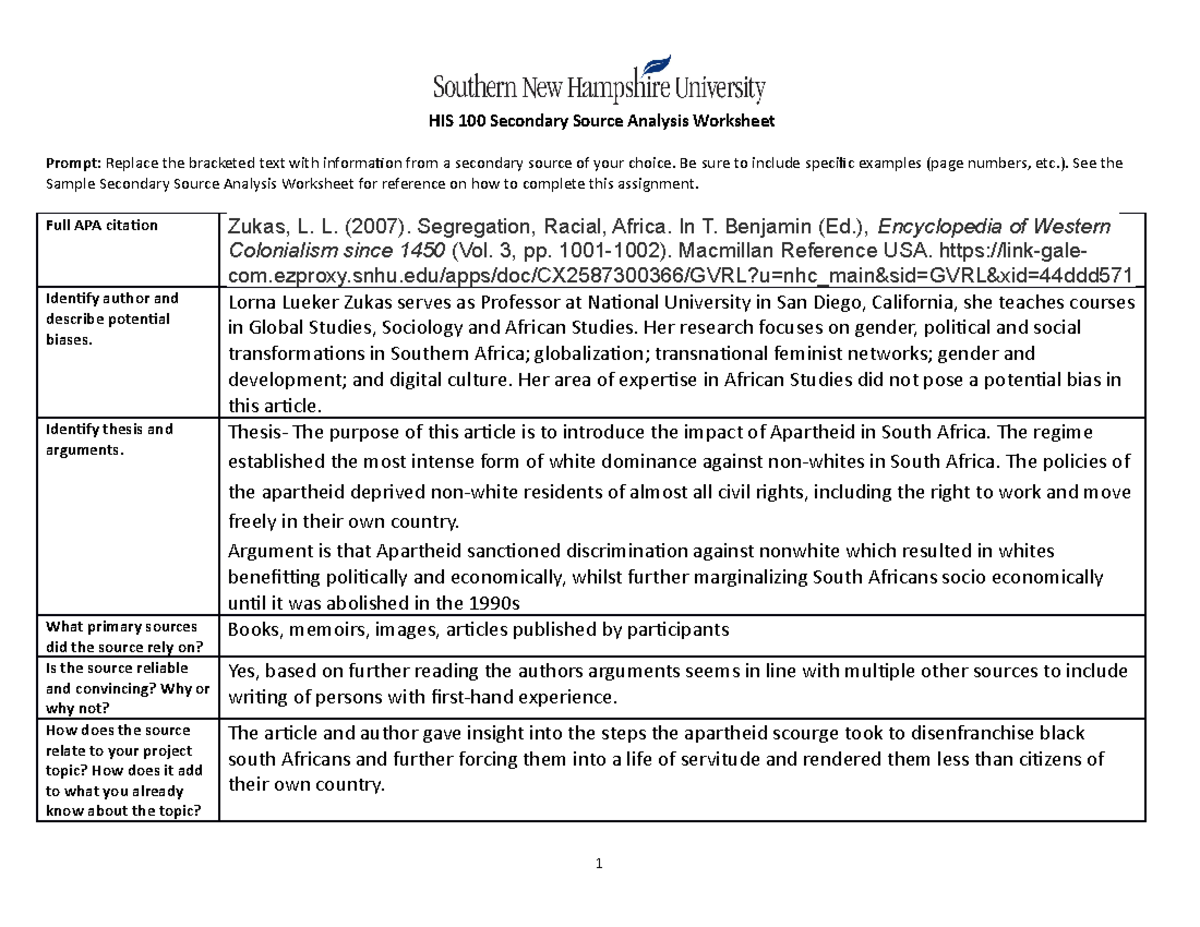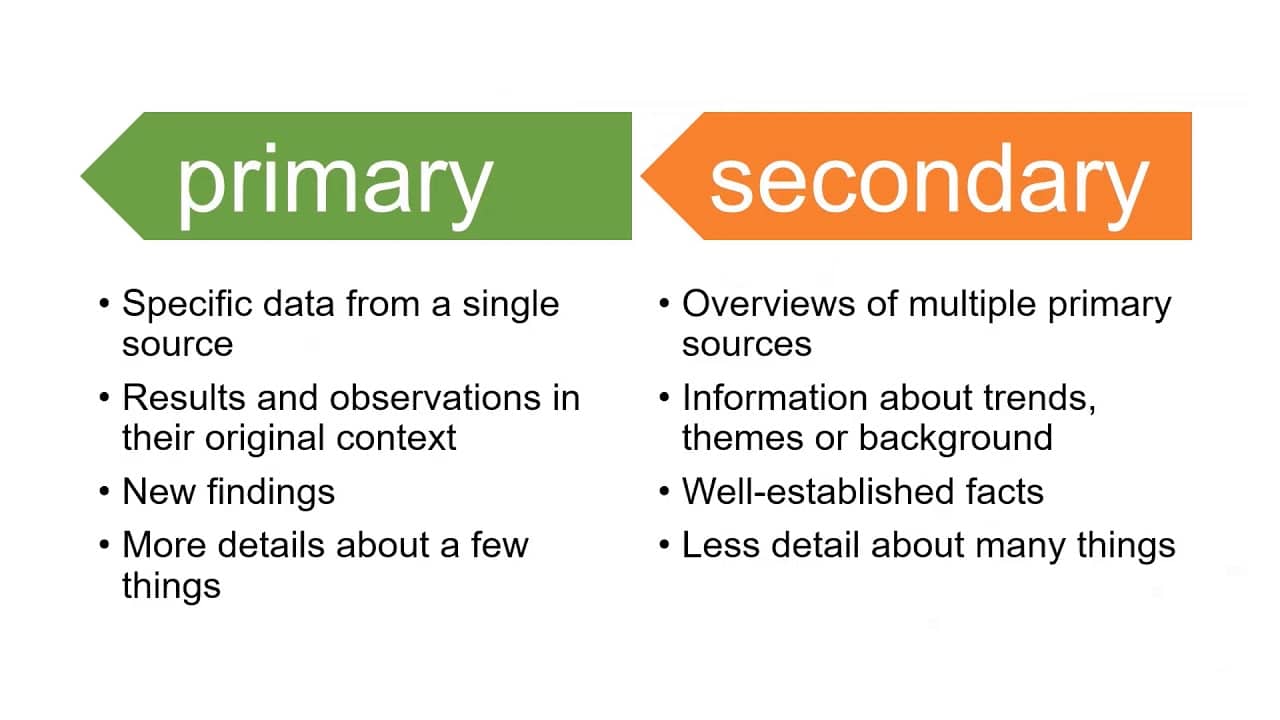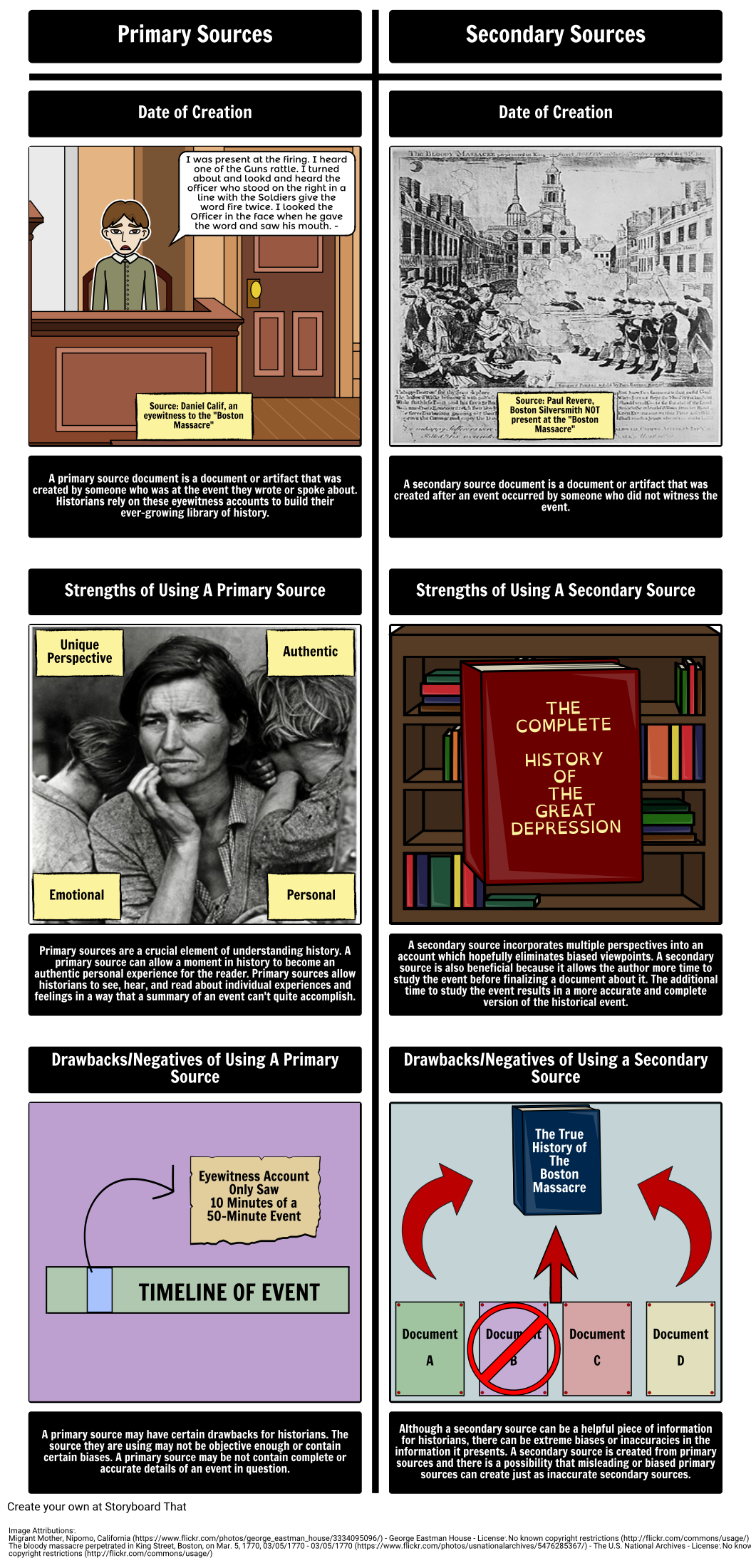Primary And Secondary Source Lesson Plan WEB Successful student interactions with primary sources require careful primary source selections and lesson planning Select one or more primary sources that support the learning objectives and are accessible to students
WEB Students will understand the difference between primary and secondary sources brainstorm a list of document types in each category work individually and in groups to analyze critically historical sources consider the advantages and disadvantages of using both primary and secondary sources explain their findings to the WEB Lesson plan Sources Learners to understand the terms primary and secondary source and to provide examples of each type of source primary sources would be available during the Age of the Princes Discuss the answers with the students and ask them to explain why they have chosen these sources
Primary And Secondary Source Lesson Plan
 Primary And Secondary Source Lesson Plan
Primary And Secondary Source Lesson Plan
https://schoolworkhelper.net/wp-content/uploads/2022/08/Primary-vs.-Secondary-Source_62075.jpg
WEB This lesson plan is designed to help you teach using a Common Craft video Use the information below to introduce the video and then follow the video with discussion questions and other resources When researching there are two common types of information sources primary and secondary sources
Templates are pre-designed documents or files that can be used for various functions. They can conserve time and effort by supplying a ready-made format and layout for developing different sort of content. Templates can be utilized for individual or expert tasks, such as resumes, invites, flyers, newsletters, reports, presentations, and more.
Primary And Secondary Source Lesson Plan

3 4 Activity HIS 100 Secondary Source Analysis Worksheet 1 HIS 100

What Constitutes Teacher Expertise New Research Points To The Answer

Secondary Color Wheel Primary And Secondary Colors Printable Chore

Primary And Secondary Colors Letter D Pins Symbols Mood Quick

Mrs Mooney s Teaching World Primary Vs Secondary Source Museum Hunt

What Are Primary Sources Primary Sources Research Course Guides

https://www.teachingexpertise.com/language-arts/
WEB Dec 19 2022 0183 32 This comprehensive lesson plan provides a guide on how to teach and compare primary and secondary sources using US Congress as an example Students compare the Constitution to a secondary source to

https://www.education.com/lesson-plan/primary
WEB Encourage students to think about the words quot primary quot and quot secondary quot during their discussion Call on students to share background knowledge and predictions In this lesson students identify and compare the features found in primary and secondary sources

https://texasarchive.org/sites/default/files/2020
WEB Using primary and secondary source audiovisual material students will analyze and compare varied Texas and U S history topics of the 19th and 20th century and develop analytical and critical thinking and viewing skills identifying the strengths and limitations of varied historical resources

https://www.afb.org/HelenKellerArchive?a=p&p=
WEB Using materials from the Helen Keller Archive students learn to identify and use primary sources in their research and historical writing Students differentiate between primary and secondary sources and critically examine the authorship purpose and historical context of multiple primary sources

https://educators.brainpop.com/lesson-plan/primary
WEB This lesson accompanies the BrainPOP topic Primary and Secondary Sources and supports the standard of summarizing how different kinds of historical sources are used to explain events in the past Students demonstrate understanding through a
WEB Plans Anticipation Guide 5 minutes In groups students will spend around 5 minutes answering questions in an anticipation guide which ask them to define primary and secondary sources name examples and differentiate between the two WEB How do you use primary and secondary sources In a piece of research you would directly analyse a primary source Secondary sources are used to test its arguments against new evidence You can also use the ideas found in secondary sources to support and form your own ideas
WEB Jun 15 2021 0183 32 In this lesson students will learn about important distinctions between primary and secondary sources as well as how each source type can contribute to their own research projects View Lesson Plan